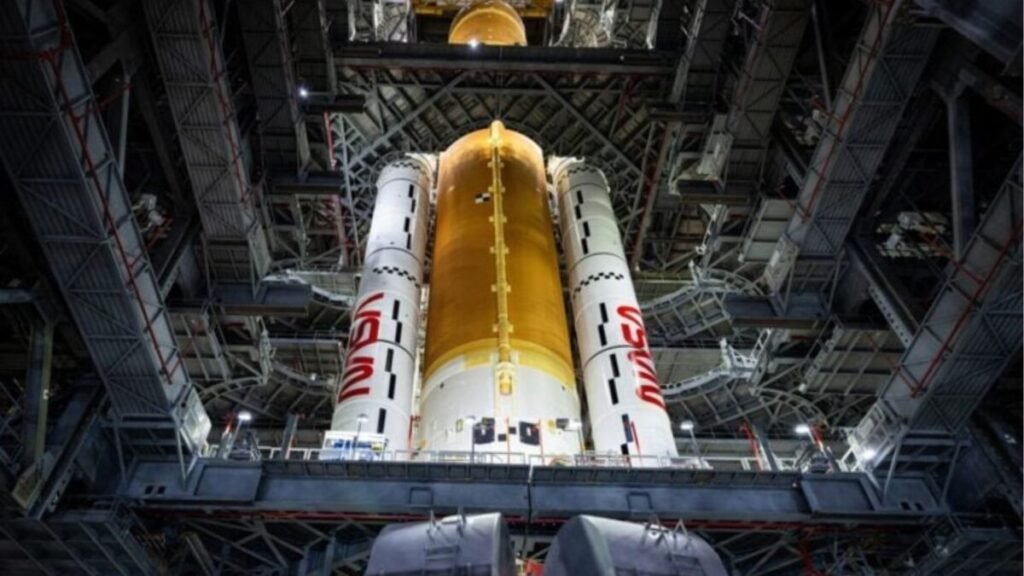The First Crew Bound for the Moon in 4 Months: Fact or Fiction?

Artemis 2: NASA’s Bold Plan for Manned Mission
Current Status of Artemis 2
Artemis 2 marks the inaugural manned mission of NASA’s Artemis program, a groundbreaking initiative aimed at establishing a continuous human presence on the moon. The mission will be propelled by NASA’s Space Launch System (SLS) mega-rocket, carrying the Orion spacecraft with four astronauts on board for an orbit around the moon before returning to Earth.
Reid Wiseman, alongside NASA astronauts Victor Glover and Christina Koch, will lead the crew, with Jeremy Hansen from the Canadian Space Agency serving as a mission specialist. The crew will follow a “free return” trajectory on the Orion spacecraft, ensuring a safe return to Earth without entering lunar orbit.
The SLS has been stationed at Kennedy Space Center’s Launch Pad 1 since May, with NASA officially declaring the mega-rocket ready for the Artemis 2 crew to embark on their journey as of September 17. The solid rocket boosters have already been securely attached, setting the stage for the upcoming mission.
Currently, the team is eagerly anticipating the completion of Orion’s preparations, planning to stack it atop the SLS later in the year. The stage adapter for the Orion spacecraft, crucial for connecting it to the launch system, arrived at Kennedy Space Center on August 19. This ring-shaped adapter not only shields the capsule from flammable gases during launch but also carries a set of cubesats that will be deployed during the mission.
Pre-Launch Requirements
The next steps involve engineers installing the cubesats in the stage adapter, followed by stacking this hardware on the SLS, and finally, the installation of the Orion spacecraft. Artemis Launch Director Charlie Blackwell-Thomson confirmed that NASA will transport the entire stack to the launch pad and connect it to ground systems early next year.
Approximately two weeks later, NASA will execute a “final practice run,” loading the rocket’s first and second stages with propellant and conducting a countdown up to just before ignition. Success will be followed by fuel drainage and further preparations for the SLS launch.
While the pre-launch process may appear straightforward, the timeline to complete these steps before February 5 is undeniably ambitious. Each step demands weeks to finalize, including stacking Orion, connecting ground systems, conducting the final practice run, and addressing any unforeseen issues along the way.
Despite the challenges encountered during Artemis 1, delays and setbacks seem inevitable. The preparations for Artemis 2 faced additional hurdles with the Trump administration’s proposed 2026 budget cut, jeopardizing NASA funding by almost a quarter. Employee departures since January have resulted in a significant 20% staff reduction within the agency.
Although the odds of launching Artemis 2 on February 5 may appear slim, it remains a tangible goal. With each stage of preparation, NASA inches closer to the much-anticipated launch of this historic mission.






